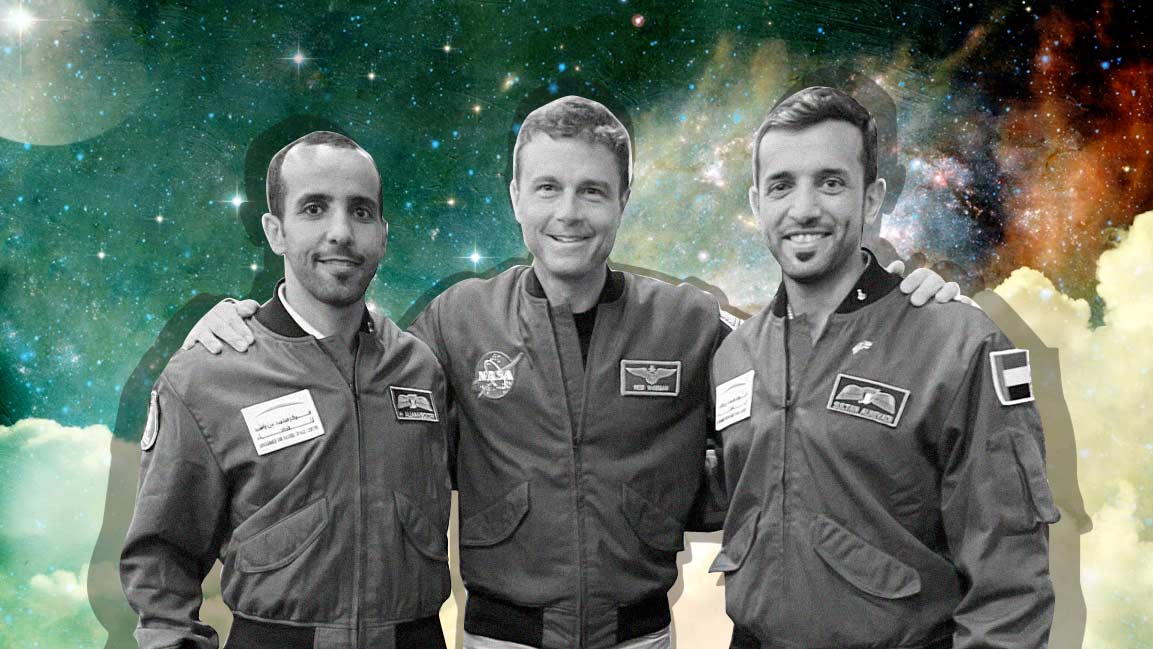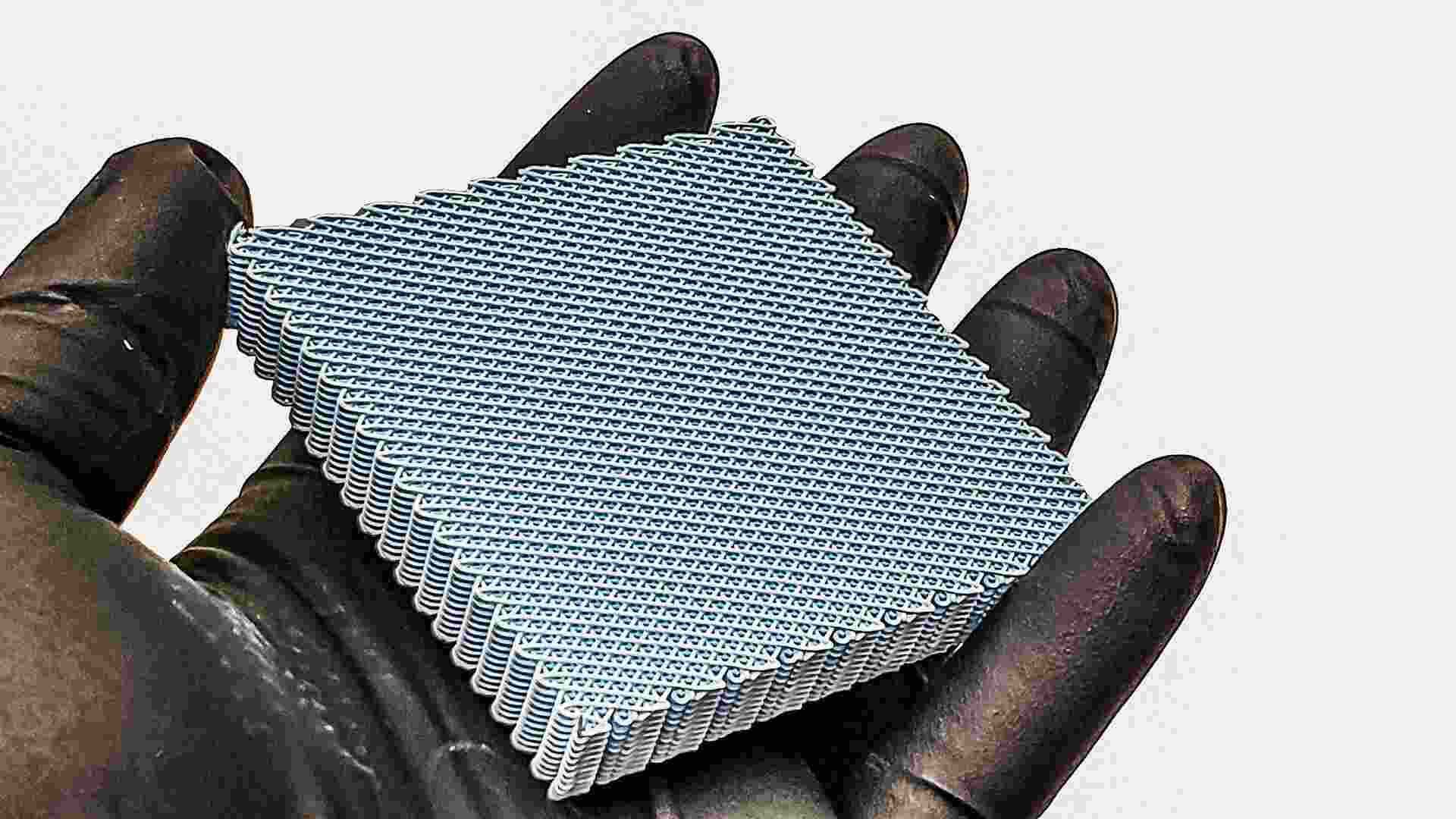- | 10:30 am
UAE’s first astronaut duo receive NASA’s approval to embark on space missions
Hazza Al Mansouri was also the first Arab ever to set foot on the International Space Station in 2019.

Almost two years back, the UAE announced a target of investing $6 billion towards the global space race. Since then, the country has become the first Arab nation to send a mission to Mars. One of UAE’s first two astronauts, Hazza Al Mansouri, was also the first Arab to set foot on the International Space Station (ISS).
Now, Mansouri and fellow Emirati astronaut Sultan Al Neyadi have received NASA’s nod to work on the space station. The duo has completed a 20-month general training program at Houston’s Johnson Space Centre. They learned to operate robotic arms and ISS systems and perform spacewalks and survival skills.
Mansouri and Neyadi are now qualified for mission assignments, while two other Emirati astronauts are set to finish their training. Nora Al Matrooshi and Mohammad Al Mulla are trained alongside NASA’s 2021 Astronaut Candidate Class.
Mansouri had spent eight days at the orbiting laboratory in 2019. During this time, he conducted 31 experiments, of which 16 collaborated with other international space agencies.
Earlier this year, the UAE booked a seat on SpaceX’s Dragon spacecraft to send one of its astronauts on a six-month-long mission to the ISS. It became the 11th country to announce its participation in the mission. The UAE will announce the selected candidate’s name for the voyage later.
Mansouri was a military pilot before becoming an astronaut, while Neyadi is a former IT professional. Another Emirati, Saleh Al Ameri, is part of an eighth-month-long project in Russia that tests the effects of long-term space travel on humans. He has to spend time with other candidates in an isolation pod, which simulates space missions.
As part of its space race, the UAE is also on track to send a smart rover to the moon and a mission to explore the asteroid belt between Mars and Jupiter.































